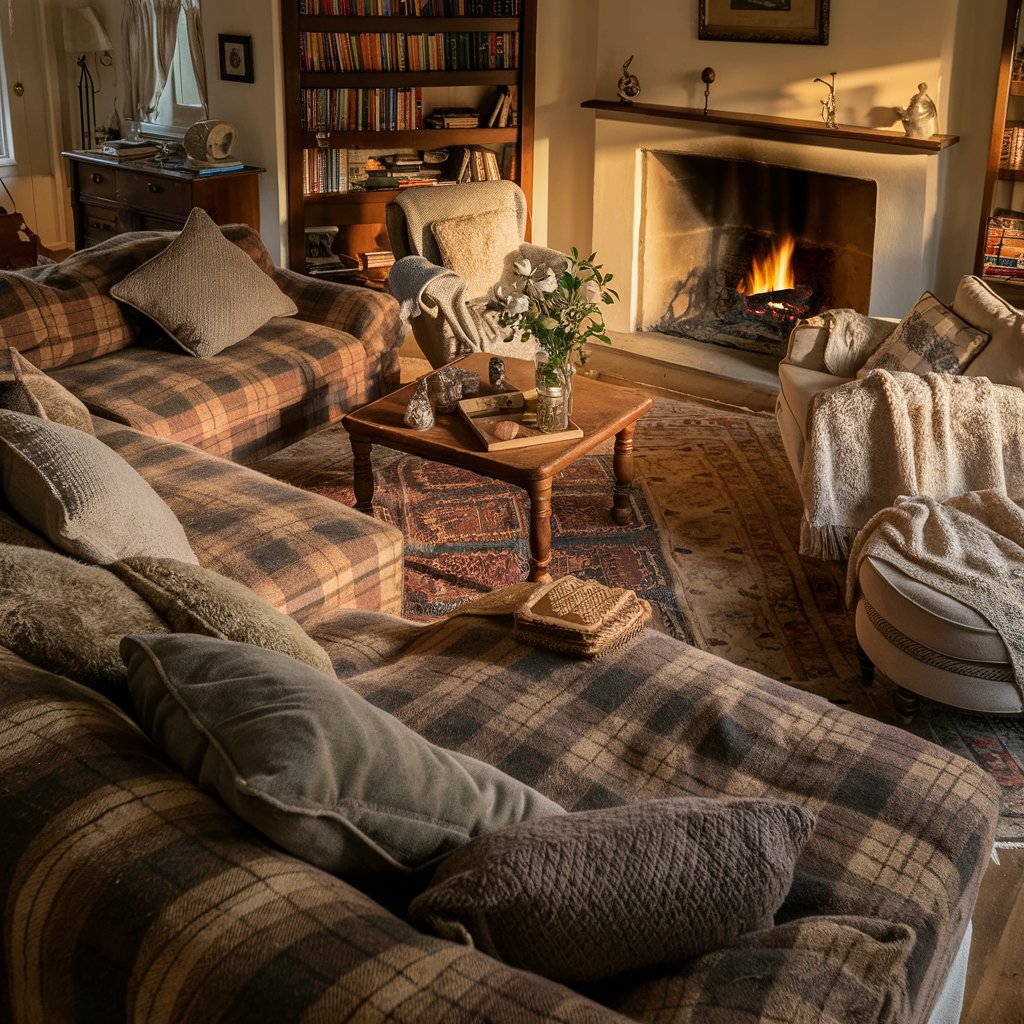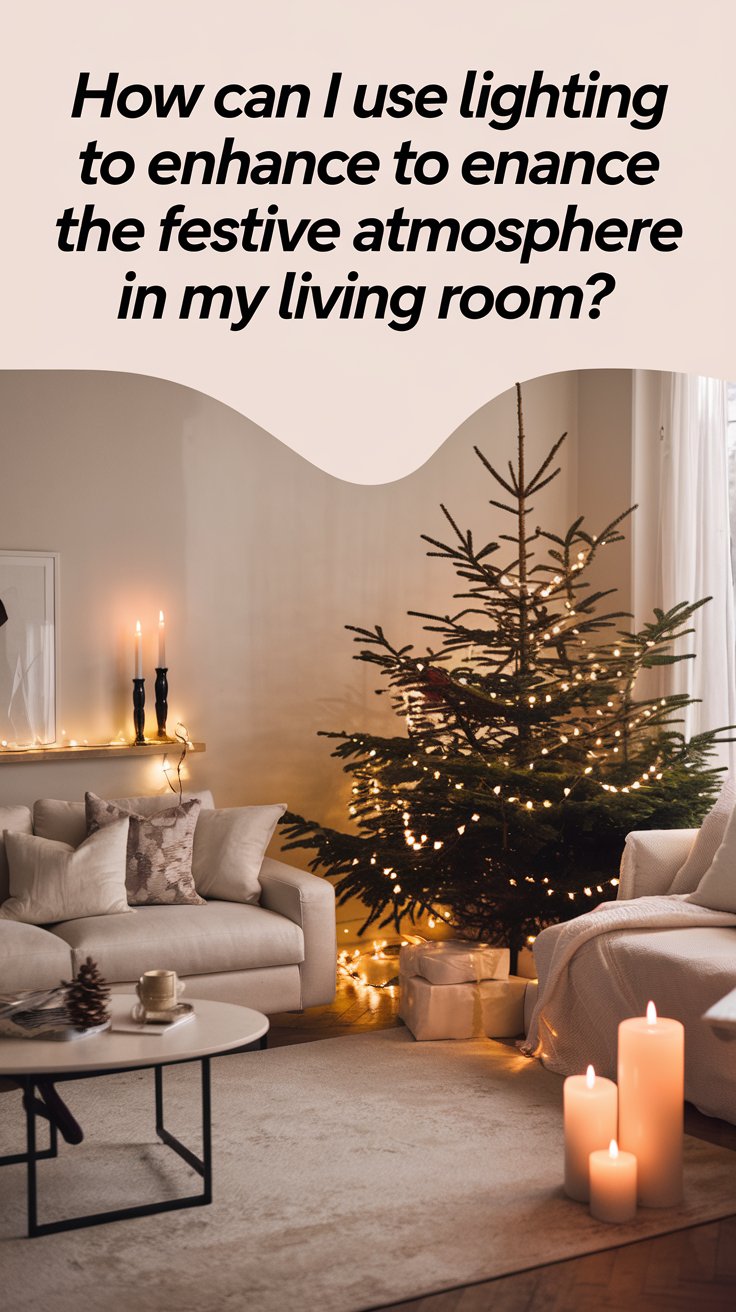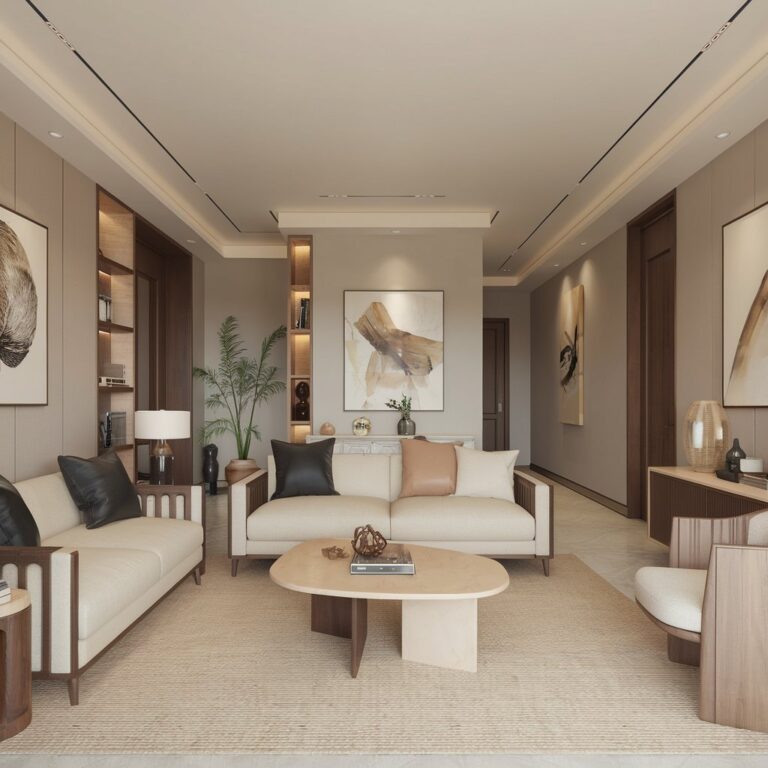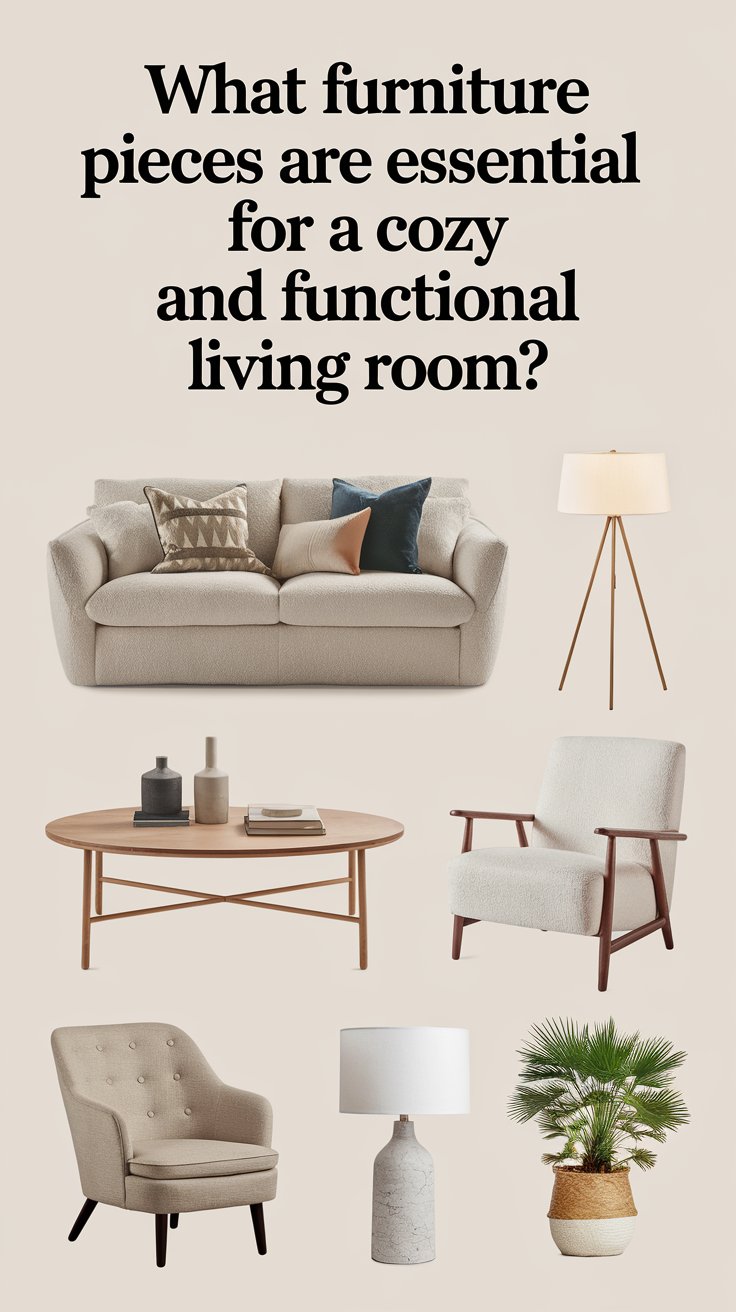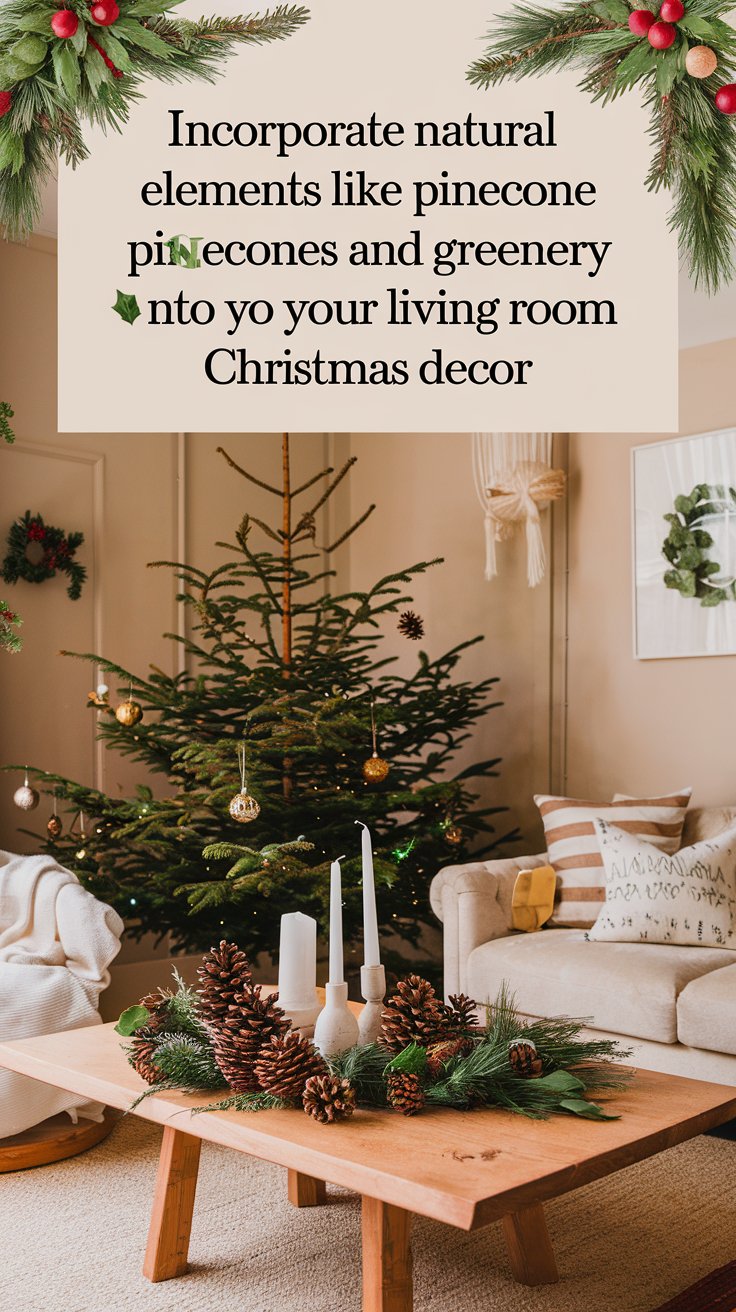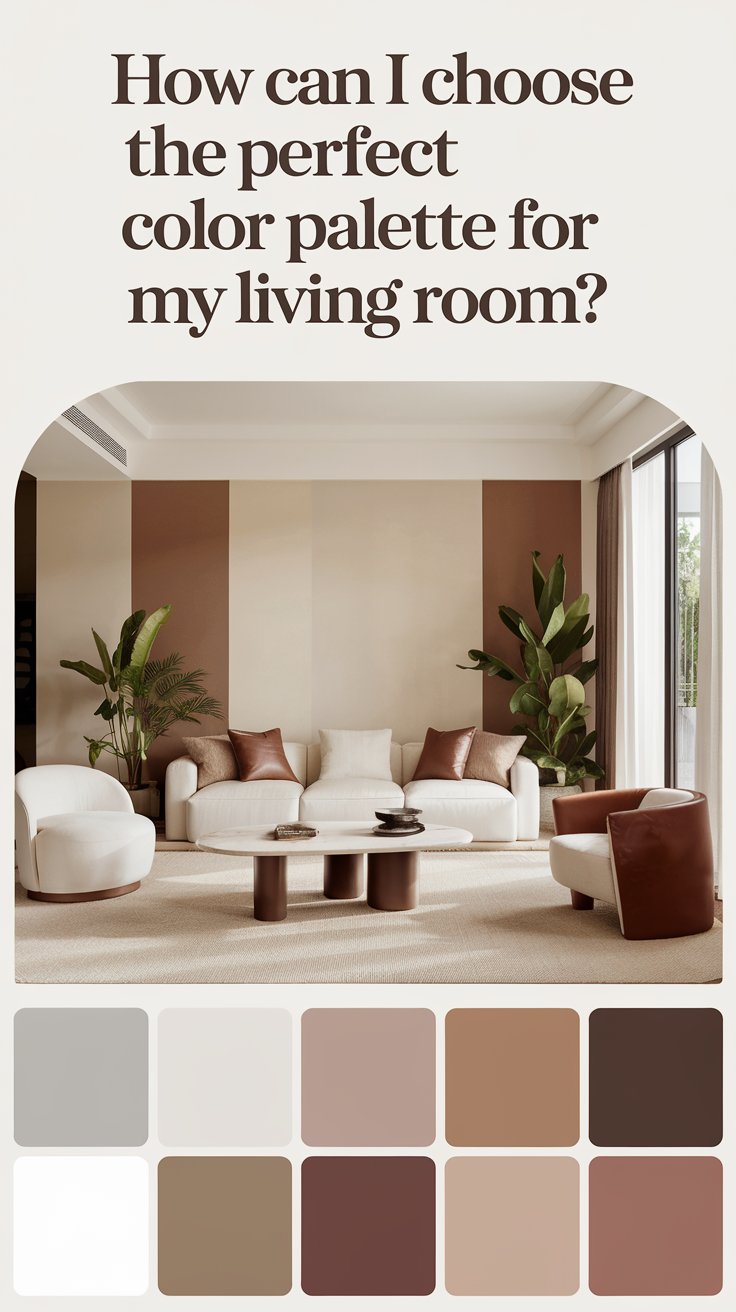When designing a living room, one of the primary goals is to create a cozy atmosphere where you can relax and feel at ease. The right color palette plays an essential role in achieving this, and by choosing the perfect paint color, you can instantly transform your living room into a warm, inviting space. Here, we’ll explore the key elements that contribute to a cozy ambiance, tips on how to match colors, hues that work well together, alternative paint color suggestions from Sherwin-Williams and Benjamin Moore, and other rooms where you can use these colors to expand the cozy feeling throughout your home.
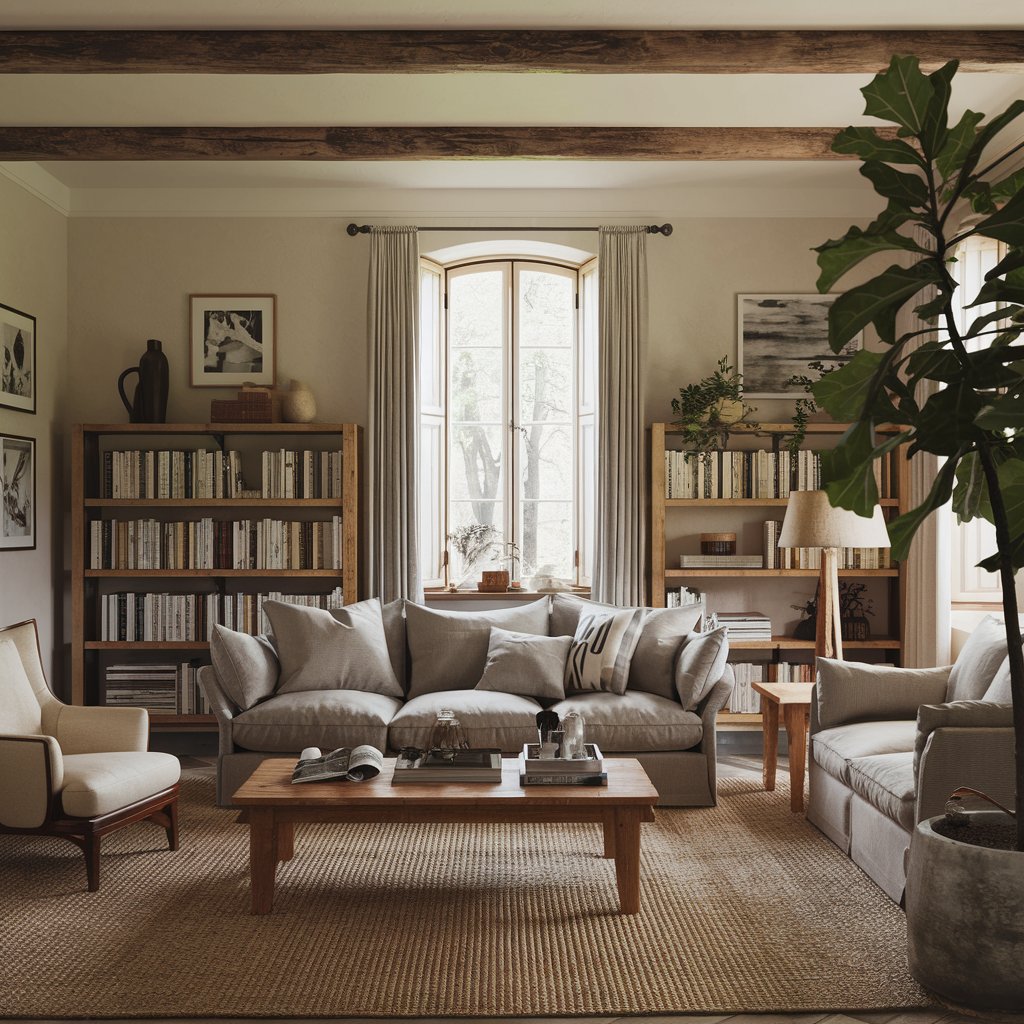
1. Color as a Key Element in Creating a Cozy Atmosphere
One of the most effective ways to create a cozy living room is through the power of color. Warm, soft tones naturally evoke feelings of comfort, while cooler tones can make a space feel calm and serene. When you choose the right color, it sets the tone for the entire room and works in harmony with other elements like furniture, lighting, and decor.
For example, neutral shades like soft beige, cream, or taupe provide a perfect backdrop that encourages relaxation. These colors work well in all seasons, giving the room a timeless appeal. Muted blues and greens can add a tranquil feel, reminiscent of nature, while rich earth tones like terracotta, deep browns, and warm grays offer a grounded and cozy feel.
Let’s dive into why certain paint colors are recommended to create that ultimate cozy vibe and how to make them work for your living room design.
5 Tips to Match Color in a Cozy Living Room:
Choosing the right paint color is one thing, but matching it to your existing furniture and decor can take your cozy living room to the next level. Here are five tips for matching your living room’s paint color with the rest of the room’s design.
1. Consider the Existing Furniture
If you already have furniture, use it as a starting point to select complementary paint colors. If your furniture has warm tones, like wooden tables or tan couches, a warm paint color like beige, caramel, or light mustard will create harmony. For cooler-toned furniture, such as navy or gray, you can opt for cooler paint tones like soft blue or pale gray.
2. Pay Attention to Natural Light
The amount of natural light your room receives will impact how a paint color looks throughout the day. If your living room has plenty of natural light, you can afford to use darker shades like navy, charcoal, or forest green without making the space feel small or gloomy. In rooms with less natural light, opt for lighter shades like cream, pale gray, or pastel colors to keep the space feeling open and inviting.
3. Create Contrast with Accent Colors
If you’re opting for a neutral base, use accent colors to create contrast and interest. For example, a soft beige wall can be enhanced with accents in vibrant orange or mustard yellow through throw pillows, rugs, or curtains. Similarly, a pale gray room can come to life with deep navy or emerald green accents.
4. Consider the Room’s Purpose
The way you use your living room can influence your color choices. If the living room is mainly for relaxation, choose calming colors like soft blues, greens, or neutral earth tones. However, if it’s a space for entertaining, you might want bolder, more stimulating colors like rich reds, oranges, or a deep charcoal to make a statement.
5. Use the 60-30-10 Rule
A tried and true design principle, the 60-30-10 rule ensures balance and harmony. Use your main paint color (60%) for the walls, your secondary color (30%) for furniture and large items, and an accent color (10%) for accessories and decor. This way, your cozy living room has visual interest without feeling overwhelming.
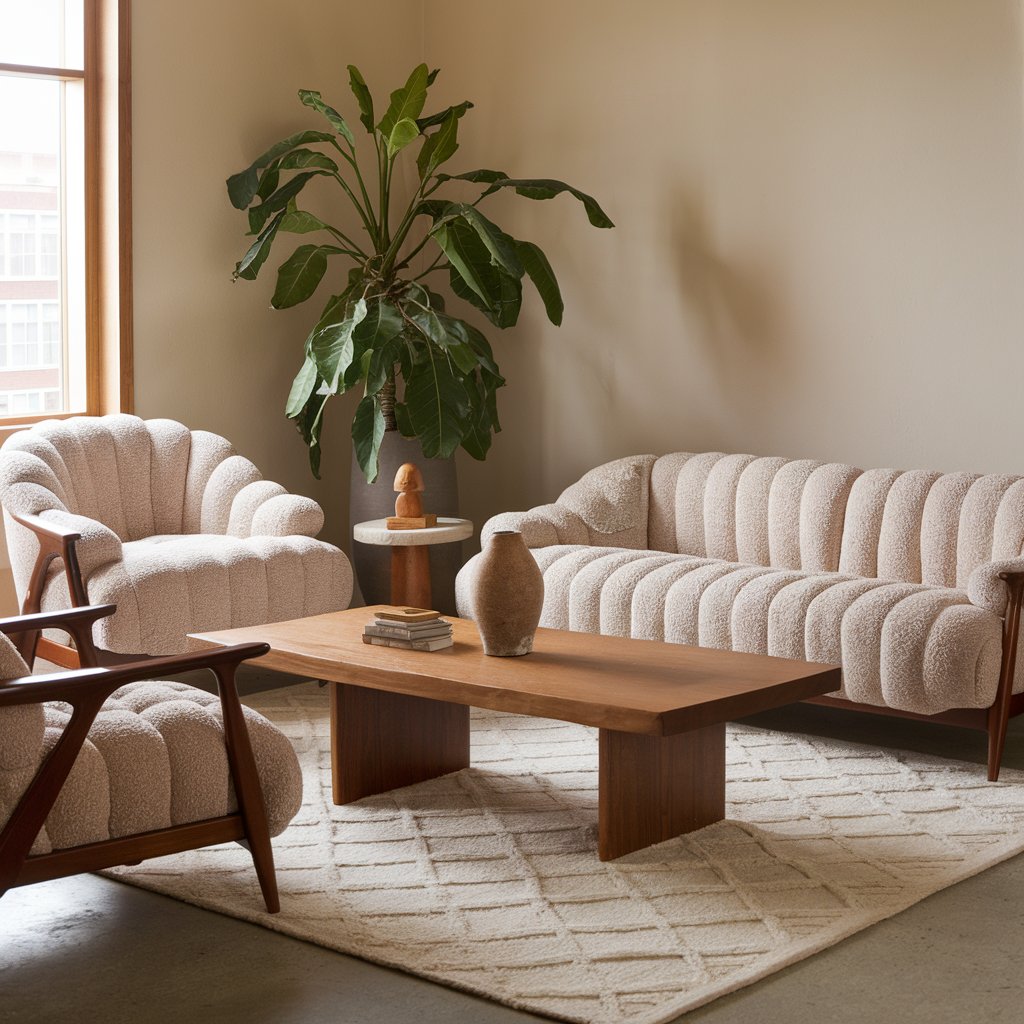
5 Hue Matching Ideas for a Cozy Living Room:
When it comes to creating a cohesive look, choosing hues that complement each other is essential. Here are five hue-matching ideas to inspire your cozy living room design.
1. Warm Beige and Soft Terracotta
These two warm tones work together to create a homey and comfortable feel. The beige serves as a neutral base, while the terracotta adds a bit of color and personality without being too overwhelming.
2. Cream and Pastel Blue
Cream and pastel blue make for a serene and calming living room. The soft blue tones bring a refreshing feel, while the cream balances out the color scheme, making it feel grounded yet airy.
3. Taupe and Muted Green
This color combination feels organic and fresh. The muted green adds a touch of nature to the space, while taupe maintains a neutral foundation that feels sophisticated.
4. Gray and Mustard Yellow
Pairing gray with mustard yellow brings a modern and cozy vibe to the living room. The gray keeps things neutral and chic, while mustard yellow adds a playful pop of warmth that creates visual interest.
5. Blush Pink and Warm White
Blush pink and warm white create a soft, romantic feel. The blush pink adds a subtle hint of color, while warm white keeps the room feeling bright and clean.
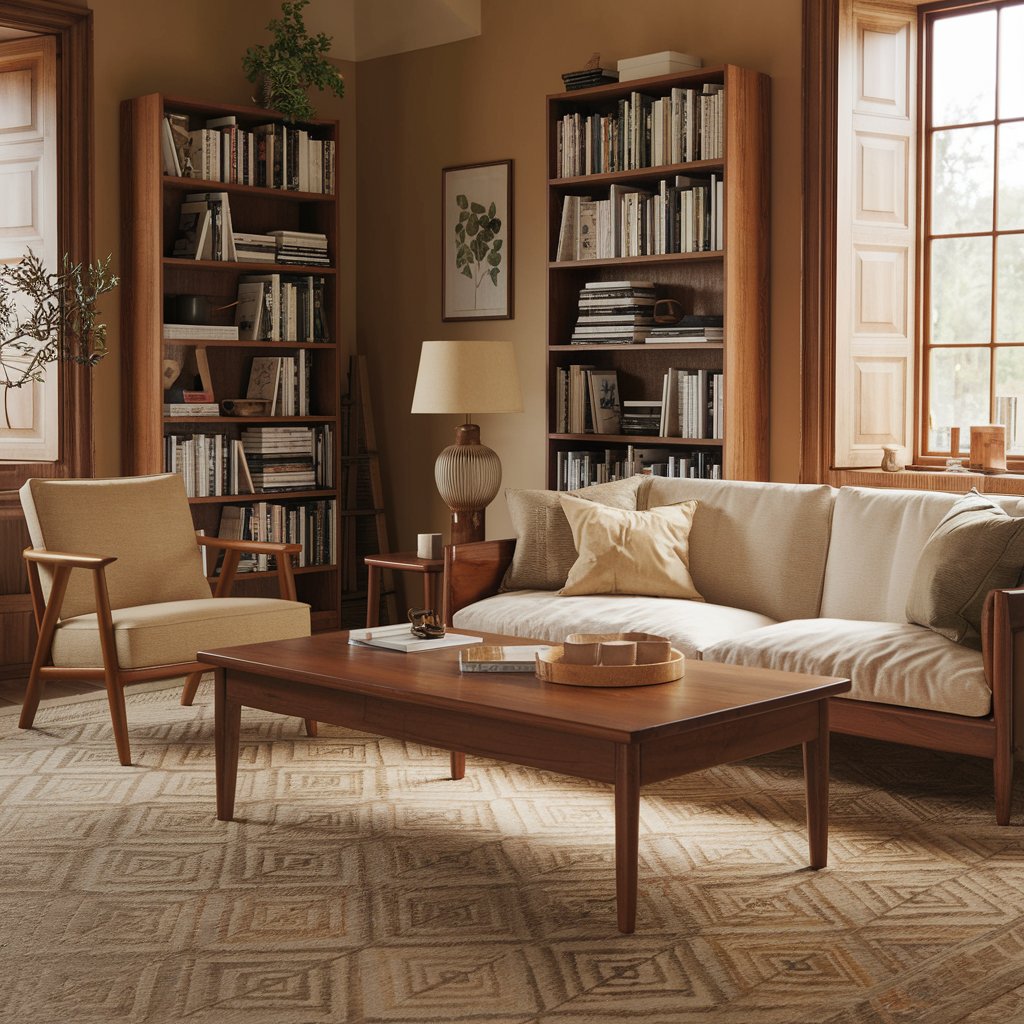
5 Alternative Paint Colors from Sherwin-Williams and Benjamin Moore:
If you’re looking for specific paint recommendations from well-known brands, here are five alternative cozy paint colors from Sherwin-Williams and Benjamin Moore.
1. Sherwin-Williams – Accessible Beige (SW 7036)
Accessible Beige is a soft, neutral beige that works well in almost any living room. It has just enough warmth to create a cozy atmosphere without feeling too dark.
2. Benjamin Moore – Revere Pewter (HC-172)
Revere Pewter is a classic warm gray that offers versatility in a living room. It has a calming effect and pairs beautifully with both warm and cool-toned decor.
3. Sherwin-Williams – Sea Salt (SW 6204)
Sea Salt is a muted blue-green that adds a coastal, spa-like feel to a living room. This color is perfect if you’re looking for a soothing, tranquil vibe.
4. Benjamin Moore – Edgecomb Gray (HC-173)
Edgecomb Gray is a light gray with a warm undertone, making it perfect for creating a soft, cozy atmosphere. It’s a neutral choice that works well with a wide range of design styles.
5. Sherwin-Williams – Alabaster (SW 7008)
Alabaster is a warm white that’s ideal for creating a bright, inviting space. It’s great for small living rooms where you want to keep the feeling open and cozy.
Other Rooms to Use These Colors:
Bedroom
A cozy bedroom can benefit from any of these paint colors, as they promote relaxation and comfort. Shades like Accessible Beige or Sea Salt work especially well in creating a restful, sleep-friendly environment.
Home Office
Colors like Revere Pewter or Edgecomb Gray are ideal for a home office, where focus and calm are essential. These hues help maintain a professional feel without sacrificing warmth.
Dining Room
For a dining room, warmer tones like terracotta or mustard yellow are perfect for creating a welcoming space where family and friends can gather.
Kitchen
Alabaster and soft gray tones work beautifully in a kitchen to maintain a fresh, clean look while still adding a cozy element to the heart of the home.
Bathroom
In the bathroom, calming hues like Sea Salt or blush pink can transform the space into a peaceful retreat. These colors bring a spa-like atmosphere to the room, perfect for relaxation.
Conclusion:
To create the perfect SEO post, it’s important to use a clear and organized structure, engaging headings, and keyword-rich content. The introduction should clearly outline the topic and include primary keywords like “cozy living room paint colors” and “tips for choosing the right paint.” Subheadings should break down the content logically, allowing readers to quickly find the information they’re looking for. Incorporating tips, hue suggestions, and paint alternatives from popular brands helps add value and authority to the post. Don’t forget to conclude with a brief summary and a call to action, encouraging readers to try these paint colors in their own home.
By following this structure, your SEO post will not only provide useful information but also rank well in search engine results, helping more readers find your guide to creating a cozy living room atmosphere.

